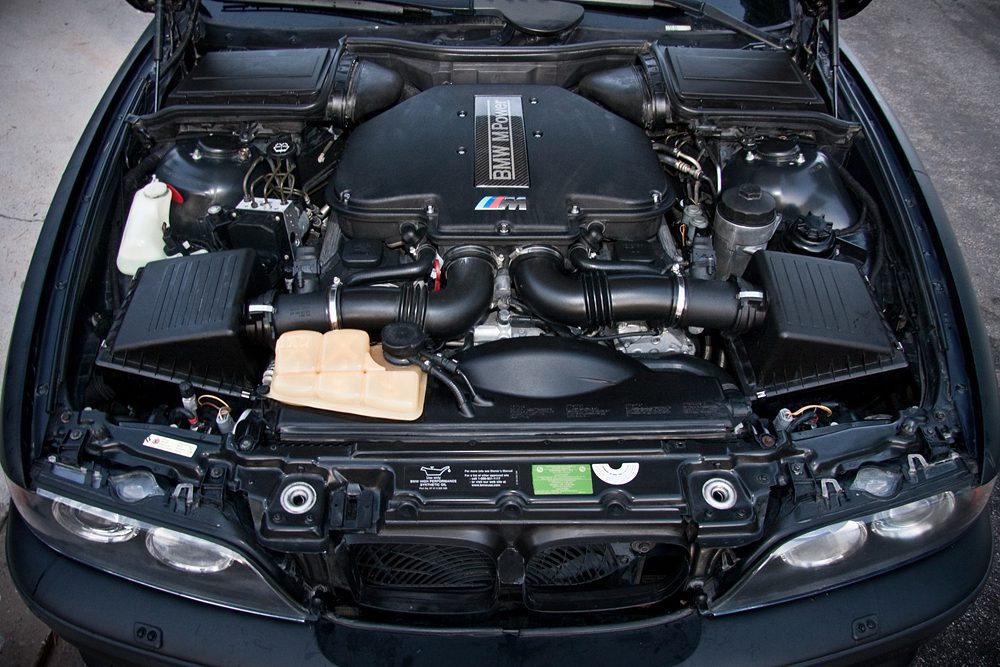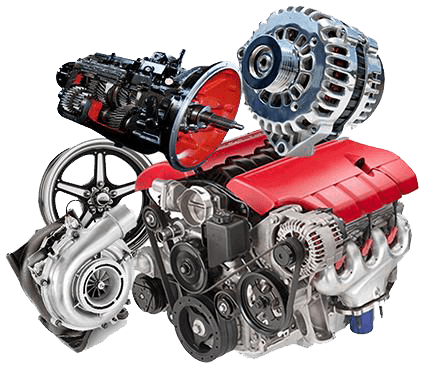Thorough Exam of the Mechanical Parts of a Hatchback's Motor
Recognizing the detailed workings of a hatchback's motor is similar to unwinding a complicated problem where every item plays a crucial duty in the total efficiency of the lorry. As we dive right into the internal operations of these mechanical wonders, a deeper recognition for the symphony of components that drive a hatchback forward emerges.
Pistons and Cylinders

The efficiency and efficiency of a hatchback's engine count heavily on the smooth procedure of the cylinders and pistons. Normal maintenance and tracking of these parts are important to make sure optimal engine performance and long life.
Camshafts and Crankshafts
Camshafts and crankshafts play crucial duties in the operation of a hatchback's inner burning engine, promoting specific timing and conversion of linear activity right into rotational power. The camshaft, situated within the engine block, controls the opening and closing of the engine valves at specific intervals. opel corsa engine.
On the other hand, the crankshaft, attached to the pistons through connecting poles, converts the linear motion of the pistons right into rotational activity. This rotational energy is then moved to the transmission and inevitably to the wheels, moving the car forward. The exact control between the camshaft and crankshaft is important for the engine to operate efficiently and generate power successfully. Any misalignment or malfunction in these parts can result in engine performance issues and prospective damages. Regular upkeep and timely substitutes are needed to ensure the smooth operation of these critical engine elements in a hatchback.
Valves and Timing Belts
Playing an essential function in the synchronization and operation of a hatchback's internal burning engine, the valves and timing belts work in combination with the crankshafts and camshafts to guarantee optimal efficiency. Appropriate timing is essential for the engine to operate effectively and avoid damage due to moved here disturbance between relocating components.

Fuel Injectors and Ignition System
Gas injectors and ignition system are crucial elements in a hatchback's engine system, in charge of the effective distribution of fuel and ignition of the air-fuel blend. Gas injectors play an important duty in the combustion process by specifically spraying fuel right into the burning chamber at the right moment and in the right quantity. This controlled shipment makes certain optimal fuel effectiveness and power result. Modern hatchbacks typically make use of electronic gas injection systems that can readjust fuel distribution based upon numerous elements such as engine load, temperature, and speed.
Combined with gas injectors, ignition system are crucial for igniting the air-fuel mixture within the engine cyndrical tubes. When the ignition system generates a high-voltage electric existing, it produces a stimulate that sparks the compressed air-fuel mix, starting the combustion process. Properly functioning trigger plugs are critical for engine efficiency, gas effectiveness, and emissions control. Regular examination and upkeep of both fuel injectors and spark plugs are necessary to ensure the engine runs efficiently and effectively.
Air Conditioning System and Lubrication
Offered the critical role of preserving ideal engine performance and performance in a hatchback, the air conditioning system and lubrication devices are integral components that ensure proper functioning and longevity of the vehicle. The lubrication system in a hatchback includes the oil pump, oil filter, and various lubricants that lower rubbing within the engine. Together, the cooling system and lubrication mechanisms play an important role in keeping the hatchback's engine running efficiently and successfully.
Verdict

Pistons and cyndrical right here tubes are important components within the inner combustion engine of a hatchback, liable for converting gas into mechanical power. The camshaft, located within the engine block, regulates the opening and closing of the engine valves at specific periods.Playing a crucial duty in the synchronization and operation of a hatchback's inner combustion engine, the shutoffs and timing belts work in combination with the camshafts and crankshafts to make sure optimal efficiency.Gas injectors and stimulate plugs are crucial elements in a hatchback's engine system, responsible for the effective distribution of fuel and ignition of the air-fuel combination. Modern hatchbacks commonly make use of electronic fuel shot systems that can adjust fuel distribution based on various elements such as engine load, speed, and temperature.